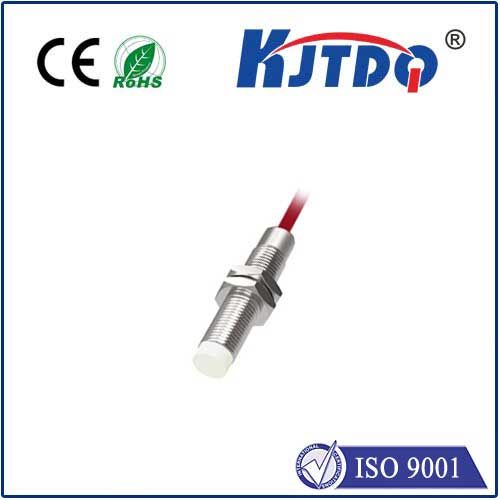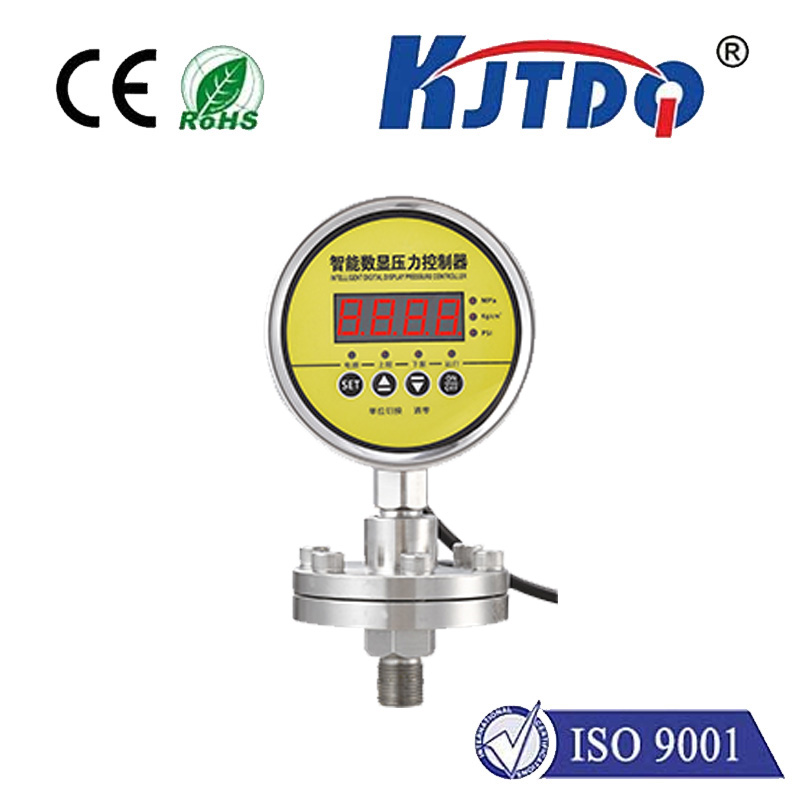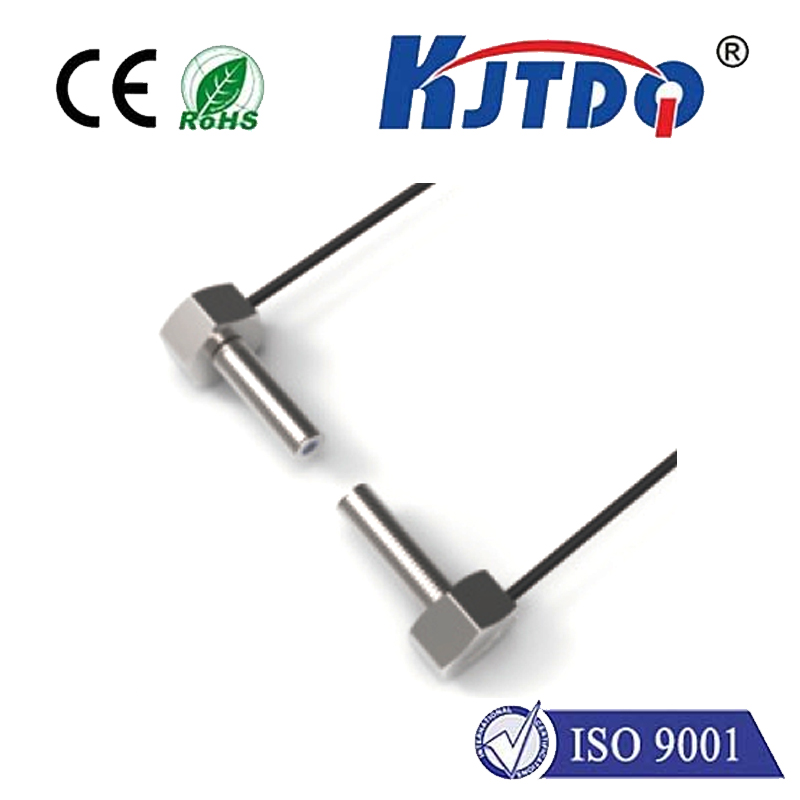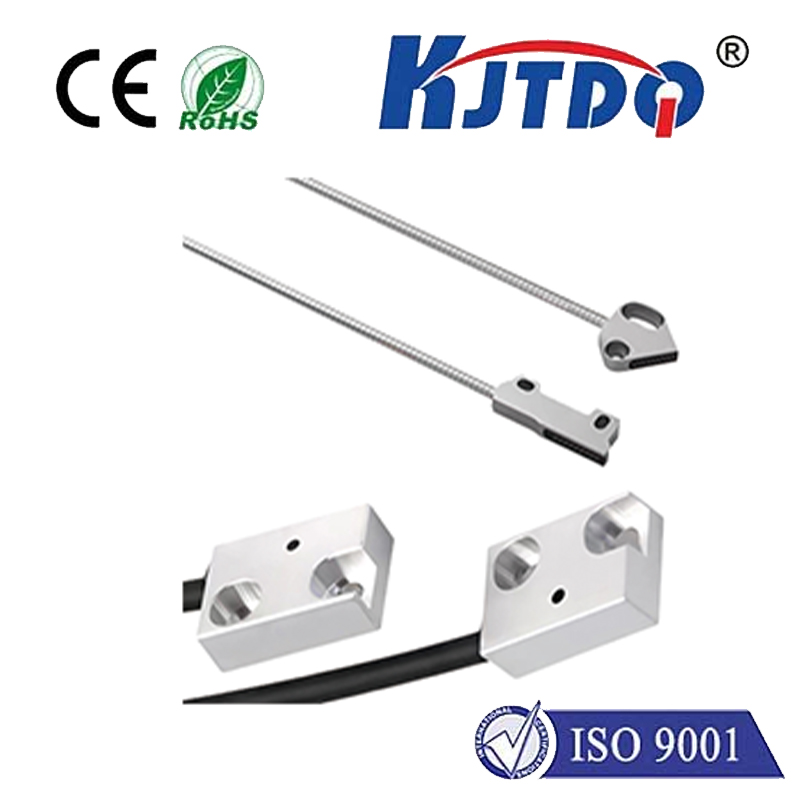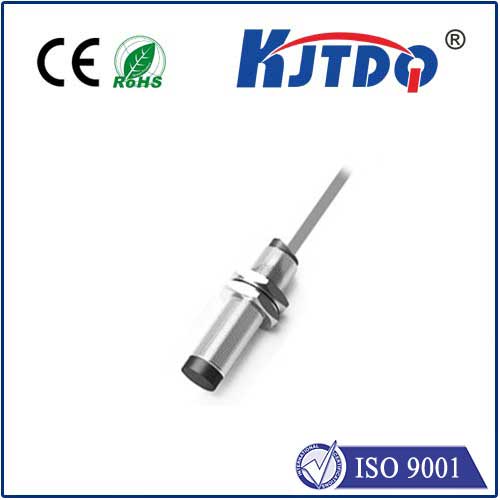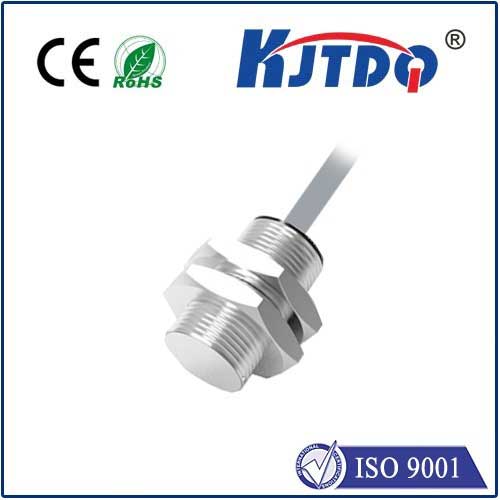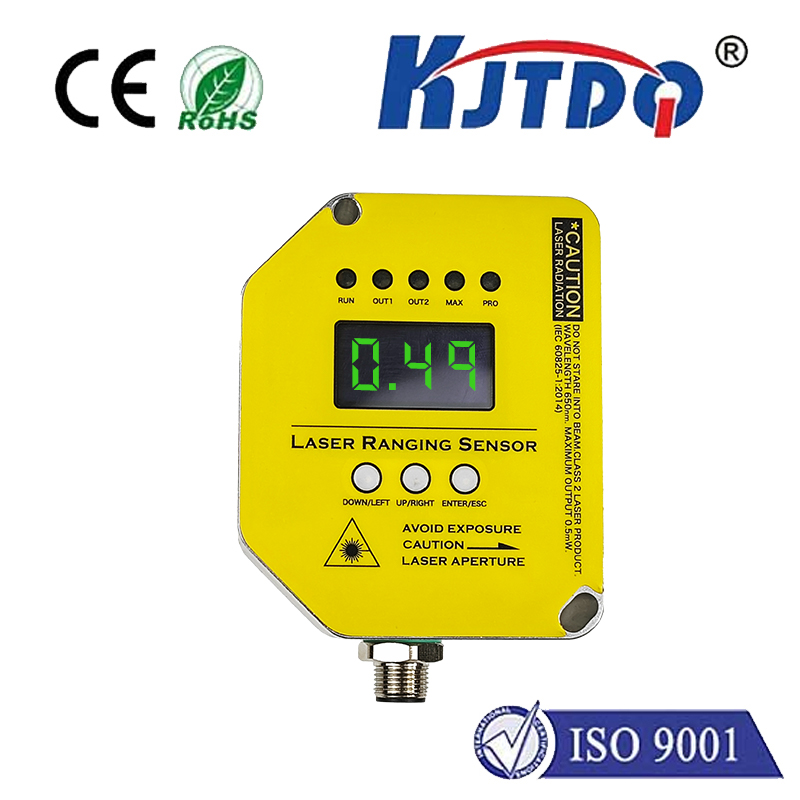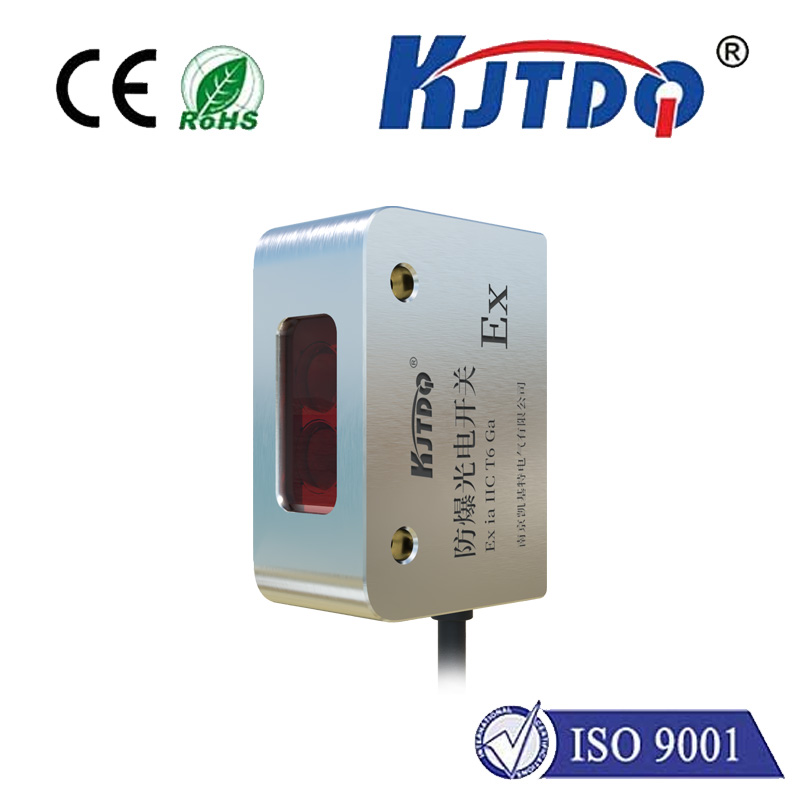digital temperature meter with sensor
- time:2025-08-24 02:43:14
- Click:0
Precision at Your Fingertips: The Digital Temperature Meter with Sensor Advantage
Imagine perfectly searing a steak without guesswork, ensuring a vaccine stays potent during transport, or guaranteeing concrete cures correctly for structural safety. In countless scenarios, accuracy in temperature measurement isn’t just desirable; it’s critical. This is where the ubiquitous digital temperature meter with sensor transforms from a simple tool into an indispensable asset. Combining advanced sensing technology with intuitive digital displays, these devices bring unprecedented precision and convenience to homes, labs, workshops, and industrial sites worldwide. Forget the fuzziness of traditional mercury thermometers or dial gauges – the digital era delivers instantaneous, readable, reliable data.
Understanding the Core: Sensor Meets Digital Intelligence
At its heart, a digital temperature meter is fundamentally a measurement device. Its core function is translating physical temperature into a numerical value displayed clearly on a digital screen. The magic, however, lies in the integrated sensor, the unsung hero that detects the thermal environment. This sensor doesn’t work in isolation; it feeds its raw signal to the meter’s internal microprocessor. This powerful chip performs complex tasks: amplifying the weak sensor signal, compensating for environmental factors (like sensor self-heating), converting the analog signal to a digital format, and finally, processing it according to calibration algorithms to yield the highly accurate temperature reading you see. This seamless integration of sensitive detection and intelligent processing is key to its superiority.
Why Move Beyond Traditional Tools?

While mercury thermometers or bimetal dial gauges served us for generations, they present significant limitations the digital temperature meter readily overcomes:
- Human Error & Parallax: Reading a tiny mercury line or estimating between dial markings is prone to mistakes and different interpretations.
- Limited Resolution: Discernable differences might only be 1°C or even 2°C, masking crucial smaller variations.
- Slow Response: Glass and mercury have high thermal inertia, meaning they lag significantly behind actual temperature changes.
- Fragility & Toxicity: Mercury is a hazardous material, making breakage a serious environmental and health concern.
- Single Purpose & Location: Most analog thermometers are fixed in design, limiting their application versatility.
Unlocking the Power: Key Advantages of Digital Meters with Sensors
The digital revolution in temperature measurement offers compelling benefits driven by its sophisticated sensor technology and processing:
- Superior Precision & Accuracy: Modern temperature sensors (like RTDs and high-grade thermocouples) combined with advanced circuitry enable incredible accuracy, often within fractions of a degree (±0.1°C or better is common in quality devices). This level of detail is essential in research, manufacturing, and critical processes.
- Instantaneous, Clear Readouts: The core feature: a digital display shows the exact temperature numerically, typically to one or two decimal places. This eliminates guesswork and parallax error, providing instant clarity. Real-time updates are standard as the sensor continuously feeds data.
- Diverse Sensor Options: The sensor isn’t one-size-fits-all. Meters accommodate various types:
- Thermocouples: Rugged, wide temperature range (-200°C to over 2000°C), often used in industrial settings.
- RTDs (Resistance Temperature Detectors): Offer high accuracy and stability over a broad range, common in labs and process control.
- Thermistors: Highly sensitive within narrower ranges, excellent for biological and medical applications.
- Infrared Sensors: Measure surface temperature without contact, ideal for moving objects, hazardous materials, or electrical components.
- Unmatched Versatility: Changing the probe or sensor type drastically alters the meter’s application. One instrument can measure oven temperature with a thermocouple probe, liquid nitrogen with a specialized sensor, or skin temperature with a flexible thermistor. This adaptability makes it an incredibly cost-effective toolkit.
- Enhanced Functionality: Many models go beyond basic readings:
- Min/Max/Avg Tracking: Records temperature extremes and averages over time, vital for monitoring processes or environments.
- Data Logging: Stores large numbers of readings for later download and analysis via PC or software.
- Programmable Alarms: Audible or visual alerts when temperatures exceed preset thresholds.
- Units Conversion: Switch effortlessly between Celsius, Fahrenheit, or Kelvin.
- Backlit Displays: Read measurements clearly in low-light conditions.
Where Precision Matters Most: Real-World Applications
The digital temperature meter with sensor permeates almost every sector:
- HVAC/R: Diagnosing system performance, checking refrigerant lines, verifying airflow temperatures, and ensuring thermostat calibration.
- Food Industry & Safety: Monitoring cooking, holding, chilling, and storage temperatures from kitchen to factory to transport (HACCP compliance).
- Scientific Research & Laboratories: Precise control and measurement in experiments, incubators, environmental chambers, and material testing.
- Industrial Process Control: Ensuring optimal temperatures for chemical reactions, manufacturing processes (plastics, metals), and quality assurance.
- Automotive: Diagnosing engine cooling issues, checking AC performance, or monitoring exhaust system components.
- Electronics: Troubleshooting overheating circuits, verifying heat sink efficiency, and profiling component temperatures.
- Healthcare: Monitoring body temperature (with appropriate probes), ensuring sterilization autoclave cycles, and controlling pharmaceutical storage.
- Home & DIY: Cooking, homebrewing, monitoring aquarium/terrarium environments, checking heating systems, and countless hobbyist projects.
Selecting Your Ideal Digital Temperature Meter
With a vast array of options, consider these factors:
- Required Temperature Range: Choose a meter whose sensor covers your minimum and maximum expected temperatures comfortably.
- Necessary Accuracy & Resolution: Determine how precise you need the readings to be (±0.5°C, ±0.1°C?). Resolution (e.g., 0.1° or 1°) also matters for detail.
- Sensor Type & Response Time: Match the sensor (thermocouple K/J/T, RTD, thermistor, IR) and its inherent speed to your application. Need instant surface readings? IR is key. High accuracy in liquids? RTD or thermistor.
- Environmental Conditions: Consider exposure to moisture (IP rating), chemicals, dust, or extreme temperatures. Choose ruggedness accordingly.
- Features Needed: Data logging, alarms, backlight, min/max, multiple probes – select based on your workflow.
- Probe Compatibility & Flexibility: Check if the meter accepts interchangeable probes for future versatility.
The digital temperature meter with sensor is far more than a modern replacement; it represents a fundamental leap in how we interact with and understand thermal energy. By transforming the invisible world of heat into precise, instant, and reliable digital data, it empowers professionals and enthusiasts alike to achieve higher standards of quality, safety, efficiency, and innovation. Whether you’re crafting the perfect espresso, safeguarding industrial processes, or advancing scientific discovery, having this level of temperature intelligence directly at your fingertips is an advantage you simply won’t want to be without. The question shifts from if you need one to which specific combination of meter and sensor unlocks the potential within your unique domain.












